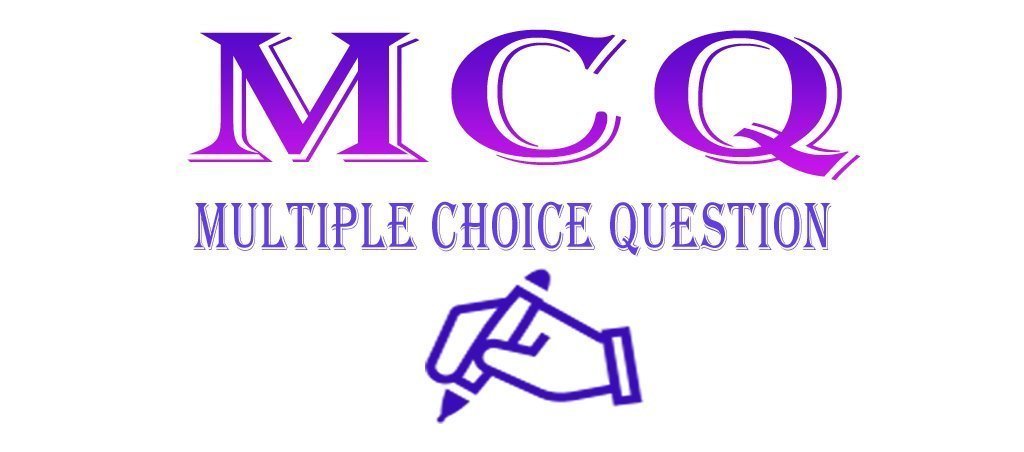Q1) Any attribute or descriptive phrase, referring to form, structure or behaviour of a specific organism for a particular purpose is:
A) Expression
B) Specificity
C) Character
D) Nature
E) None of the above
Q2) Which one of the following is an example of “Expression of character”?
A) Petal length
B) Stem thickness
C) Corolla colour
D) Sepals colour green
E) Leaf shape
Q3) Living organisms having fundamental similarity in their structure are studied under:
A) Biochemistry
B) Anatomy
C) Homology
D) Heterology
E) Cytology
Q4) From evolutionary point of view, flipper and wing are believed to resemble human:
A) Hand
B) Foot
C) Fingers
D) Arm
E) Leg
Q5) Concerning homology, which one of the following statement is correct?
A) Structurally, dissimilar organisms are studied
B) Homology refers to gross structures alone
C) Homology also refers to chromosome numbers and types
D) Structure and functions are not always closely related to physiological homologies
E) Structure and function similarities must be present for a structure to be homologous
Q6) Concerning classification of living organisms, which statement is correct?
A) The final tool helping in classifying organisms is Genetics.
B) Microscopic structure cannot be useful at the genetic and species level.
C) It is impossible to compare amino acid sequence in the proteins of different organisms even by using chromatographic & electrophoresis techniques.
D) DNA base sequence study is not an important tool for classifying organism.
E) None of the above
Q7) The basic unit of biological classification is:
A) kingdom
B) Genus
C) Family
D) Species
E) Order
Q8) A group of organisms which have numerous physical feature in common and which are capable of interbreeding to produce fertile offspring is:
A) Species
B) Genus
C) Family
D) Class
E) Order
Q9) Closely related species are grouped together into:
A) Phyla
B) Genus
C) Family
D) Order
E) Class
Q10) Families are grouped into:
A) Genera
B) Orders
C) Species
D) Kingdoms
E) Phyla
Q11) Genera are grouped into:
A) Species
B) Orders
C) Families
D) Kingdoms
E) Sub-phyla
Q12) Orders are grouped into:
A) Genera
B) Families
C) Species
D) Classes
E) Phyla
Q13) Classes are grouped into:
A) Genera
B) Orders
C) Species
D) Kingdom
E) Phyla
Q14) Phyla are grouped into:
A) Genera
B) Orders
C) Classes
D) Kingdom
E) Families
Q15) When classifying plants and bacteria, which term is used instead of phylum?
A) Class
B) Sub-class
C) Division
D) Sub-phylum
E) No other terminology is used
Q16) Sub-phylum is an intermediate category which may be inserted between:
A) Phylum and Family
B) Phylum and Genus
C) Phylum and Species
D) Phylum and Order
E) Phylum and Class
Q17) Sub-class is an intermediate category which may be inserted between:
A) Class and Kingdom
B) Class and Genus
C) Class and Species
D) Class and Order
E) Class and Phylum
Q18) Concerning classification of Housefly, choose the correct match:
A) Kingdom ………. Arthropoda
B) Class ………. Arthropoda
C) Class ………. Insecta
D) Class ………. Diptera
E) Family ………. Musca domestica
Q19) Concerning classification of wheat, choose the correct match:
A) Kingdom ………. Tracheophyta
B) Class ………. Monocotyledonae
C) Class ………. Tracheophyta
D) Class ………. Triticum
E) Family ………. Poales
Q20) The names of the four highest taxa are:
A) Kingdom → Class → Genus → Species
B) Kingdom → Species → Order → Family
C) Kingdom → Phylum → Class → Order
D) Kingdom → Phylum → Family → Order
E) Kingdom → Family → Order → Genus
Answers
- Character
- Sepals colour green
- Homology
- Arm
- Homology also refers to chromosome numbers and types
- The final tool helping in classifying organisms in Genetics
- Species
- Species
- Genus
- Orders
- Families
- Classes
- Phyla
- Kingdom
- Division
- Phylum and Class
- Class and Order
- Class ………. Insecta
- Genus ………. Triticum
- Kingdom → Phylum → Class → Order





Leave a Reply
You must be logged in to post a comment.